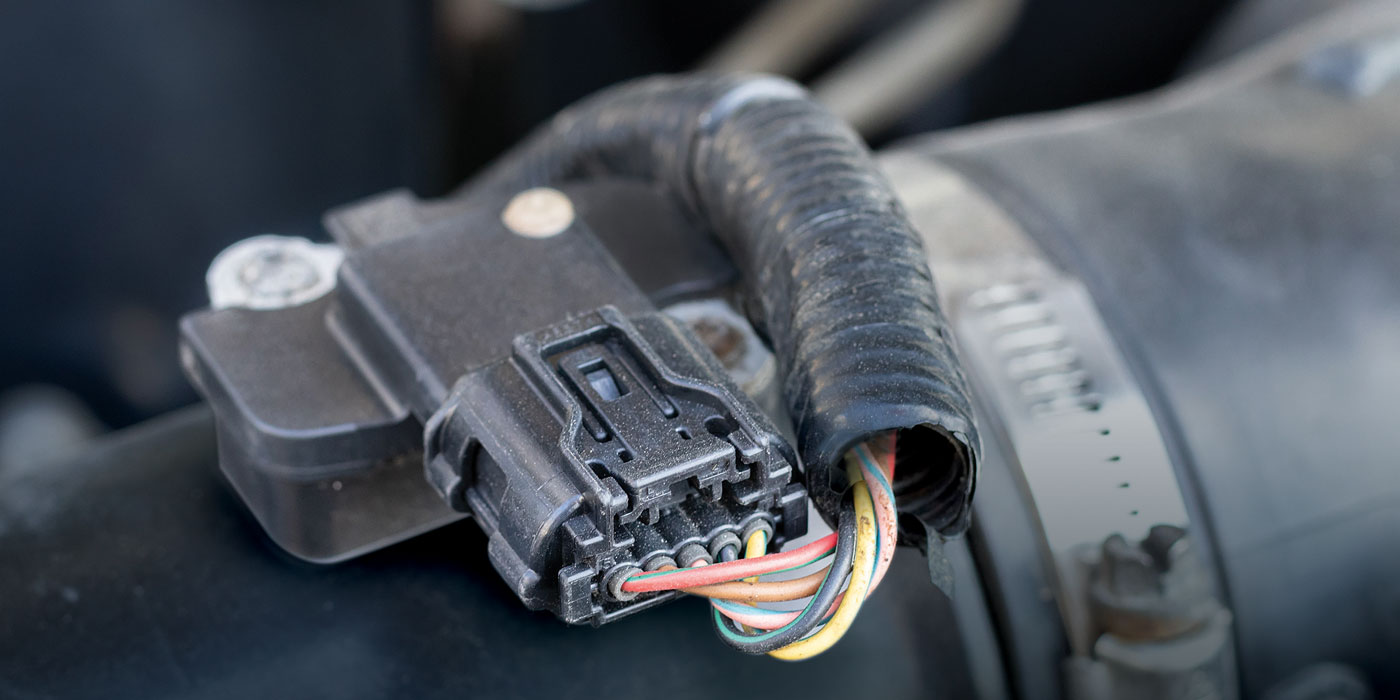
Servicing body shop customers can be a very profitable opportunity, but in order to successfully cater to their needs, your store needs to be prepared for the unique requests that accompany these accounts.
For some stores, the “paint and body aisle” consists of a couple of cans of Bondo, a few packs of sandpaper and approximately 3,000 little tubes of touch up paint. While this may work to satisfy a portion of the DIY crowd, the professional body shop requires much, much more. From hard parts to supplies and tools, a body shop account can be about much more than crash parts and paint.
The lifeblood of many body shops is insurance work. When a vehicle owner is in a collision, they file a claim with their insurance company, and the insurer sends an estimator or claims adjuster to document the damage. The adjuster inspects the vehicle and gives an estimate of the cost to return the vehicle to its pre-accident condition. When body shops receive an estimate, it reads like a shopping list of required parts and labor operations, complete with prices. In most cases, the insurance company has already specified the type and quality of parts it’s willing to pay for, and the body shop is expected to follow these guidelines. OEM parts make up a portion – as do recycled parts – but frequently, aftermarket parts are specified for their attractive pricing.
Caught between insurance companies and aftermarket collision parts vendors, the body shop has a thin margin (commonly around 25% markup) with which to make a profit from replacement parts. A traditional two- or three-step WD jobber or a retailer is at a disadvantage trying to compete with collision parts vendors selling direct to the body shop, but mechanical parts are a category in which we still can shine. Hard collisions often result in damage to suspension and brake components, as well as A/C and cooling components.
Another aftermarket opportunity can be found in the “supplement,” a list of additional items that the repair facility requires to complete the job, which may have been hidden by other damage or missed on the initial estimate. These can be small items such as wiring pigtails, trim clips and fasteners, larger mechanical components or even accessories such as air deflectors, running boards, tonneau covers or auxiliary lighting.
Even for a store without a dedicated paint, body and equipment department, there are other opportunities to obtain a piece of the body shop pie. Consumables such as abrasives, saw blades and cutoff wheels, masking paper and tape are shelf-stable products that do not require the special handling or applied technical knowledge required of refinish products. Welding supplies (especially MIG wire and tips) are common requests from both mechanical and collision shops, and every technician uses hand and power tools.
Stocking a selection of professional-quality HVLP spray guns may be cost-prohibitive for a small store, but in-line and dual-action sanders are fast-moving pneumatic body tools, as are variable-speed electric grinders/buffers. Trim and upholstery tools, specialty driver bits and sanding blocks can be an easy sell, along with ¼-inch drive sockets.
For a traditional parts store, the key to many body shop sales is availability. Many of the major replacement body parts already have been ordered before any work actually begins, and the work follows an orderly timeline. Our initial opportunities come from the last-minute add-ons, and the “emergency” items that their first-call supplier cannot provide. Nobody likes being a shop’s “last resort,” but sometimes your $5 bag of trim clips is all that’s needed to complete delivery on a $5,000 repair. It also can be the conversation starter about the other products that you carry, so start small if you have to. You don’t need to rethink your entire inventory to begin servicing body shop accounts; you simply need to look at new ways to market your existing product lines.













